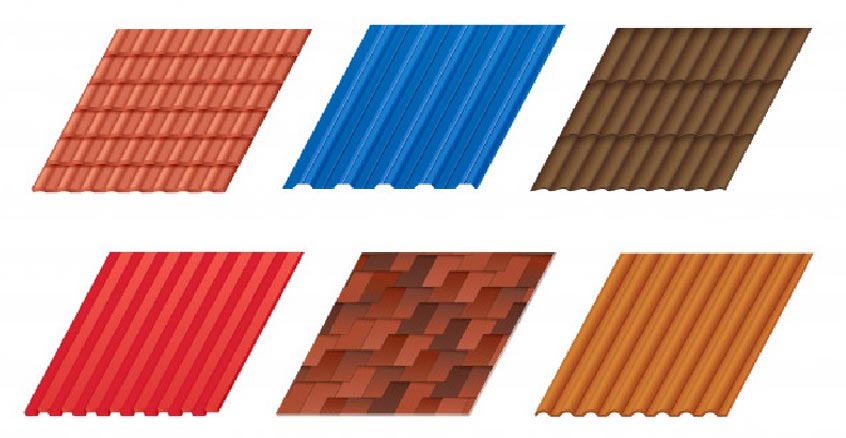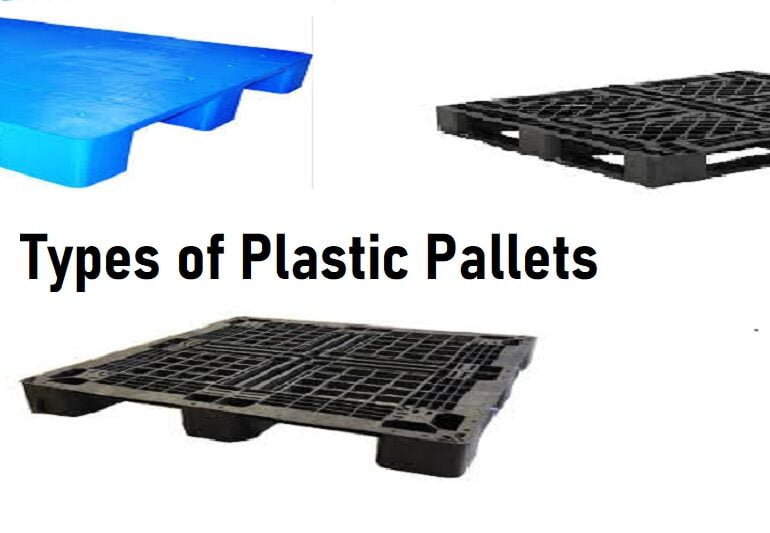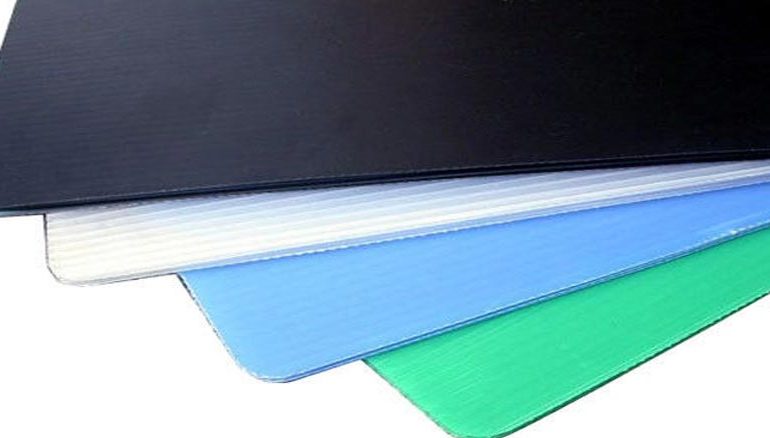Roofing Materials:- Having a roof over your head in these trying times is a blessing. However, maintaining this rook and making sure it can stand adverse weather conditions is important. The strength of the roof depends on the roofing material you use to build it.
What are roofing materials?
Roofing materials refer to the outermost layer of any roof. This can be either self-supported or held up by an underlying structure. In most cases, it is the latter. These roofing materials protect from natural factors. This outer layer can be available in a variety of styles depending on the material available and the supporting structure or system in place.
Commercially, there are roofing sheets materials ranging from products like thatch and slate (which are natural products) to commercially manufactured products like tiles or polycarbonate sheets (like, recycled plastic sheets). These materials are layered upon the second layer of water-proof material referred to as underlayment.
Types of roofing with the list of materials
#1 Thatch
This roofing refers to using plant stalks and overlapping them. These are found mostly in rural areas and aren’t always the most reliable type of material for roofing. Commonly used raw materials include:
- Basic wheat straw,
- Types of Rice straw,
- Sturdy water reed,
- Rye straw, usually found in barns
- And sea grass, which is considered better than straw
#2 Shingle
It refers to the individual overlapping of units with the same units. In other words, it means that the materials are set overlapping one another.
- Wood shingle is the most rustic-looking design available and is long-lasting too. That is why it is so popularly chosen. You can use woods like red cedar, pine, redwood, etc.
- Asphalt shingle is the most common and also the cheapest type of roofing people can go for. It consists of bitumen in an organic mat and covered entirely with ceramic grit.
- Metal shingles, which involves overlapping units of metal on top of one another across the roof.
- Rubber shingle involves using rubber, preferably recycled rubber to create the roofing materials.
- Stone slab which are heavyweight slabs that protect the house from storms.
#3 Membrane roofing
This kind of roofing involves using large roofing sheets of materials and fusing them at the joints for a smooth surface.
- Thermoset membrane or synthetic rubber sheets held together by contact tape or similar adhesive. This is great for large and open spaces.
- Fabrics also are known as roofing felts. These are reinforced with glass-fiber or organic mats that create the membrane used for roofing.
- Thermoplastics include using sheets like a corrugated recycled plastic roofing sheet, weld together by hot air. Considering the amount of plastic being produced and global warming, such recycled plastic sheets are the best and most resistant to adverse weather conditions while being strong and sturdy. They don’t cost much either.
#4 Metal roofing
As the name mentioned, this roofing uses metal for its high resistance, impermeability, and long-lasting nature.
- Corrugated galvanized iron uses manufactured galvanized steel shaped in corrugations to avoid lateral flexing and fit the fasteners present. This material is popular for its low price and longevity and you can find this material on top of most sheds.
- Copper roofs last the longest amongst the mentioned roofing materials. They are durable, easy to fabricate, and lighter than most roofing materials available. Copper is also incredibly flexible, so you can shape it however you want and not worry about corrosion or maintenance. The best part? They can be recycled, be quickly installed, and repaired.
#5 Concrete roofing:
This is also known as fiber cement roofing and involves utilizing concrete mixed with a type of fiber.
- For flat roofs, structural concrete is typically used. There are three main types, namely precast, shell, and cast-in-place. These are popular for their durability and strong waterproof nature.
- Hollow-core slabs are necessary to build flushed ceilings. These kinds of ceilings are found in most homes and workplaces.
- Double tees are the most common concrete materials used for structures of short spans. This is for up to 18 meters or 60 feet.
- T-beams are like double tees but they can extend further than them. They can cover an area of 9.1 m (30 ft) to 30 m (100 ft).
- Joists and planks refer to the act of combining prestressed joists and prestressed planks to create a long and sturdy structure. Based on the shape of the joints, keystone-shaped ones are used for spans of up to 11 meters or 36 feet. Tee-shaped joists are for bigger spans, specifically for those of 18 meters or 60 feet.
Keep this in mind when choosing roofing materials:
- Be it paver block pallets, or any other kind of material, first identify the type of weather your building will be facing. This is the deciding factor for most roofing materials. You don’t want to choose something that doesn’t provide insulation in cold weather or something that doesn’t breathe during hot weather. Factors like humidity, rainfall, snow, etc. are all important to note down. Discuss with a roofer what is best for your building.
- The weight of the material is another important factor to keep in mind. How much does it weigh and will the structure of your building be able to handle it? These are some questions that should be answered before going forward with roofing. Keeping structure integrity in mind is crucial.
- Cost is an area of concern as well. Identify and lay down a budget for roofing. This will help put into perspective what kind of materials is available in that budget range and which aren’t. Don’t fall for the trap of costlier being better though!
- Maintenance costs! After finding materials within your budget, check out how much maintenance costs and how often you need to replace or maintain the material. Constant maintenance may not be possible in today’s fast-paced life!
You should choose roofing materials that also fit the overall aesthetic of your building. The roofing materials should be functional and pleasing to look at!





please send me your roofing sheet sample and broucher. My address A-6/102, Arihant Arham Chs, Koproli, Panvel Matheran Road, New Panvel, Raigad, 410206. Maharashtra. Mob: 8169596217
[…] indeed. After all, all of us are doing our bit to contribute to a more sustainable planet. Advanced roofing materials replace the conventional ones too. You have a wider range of alternatives to look for roofing […]